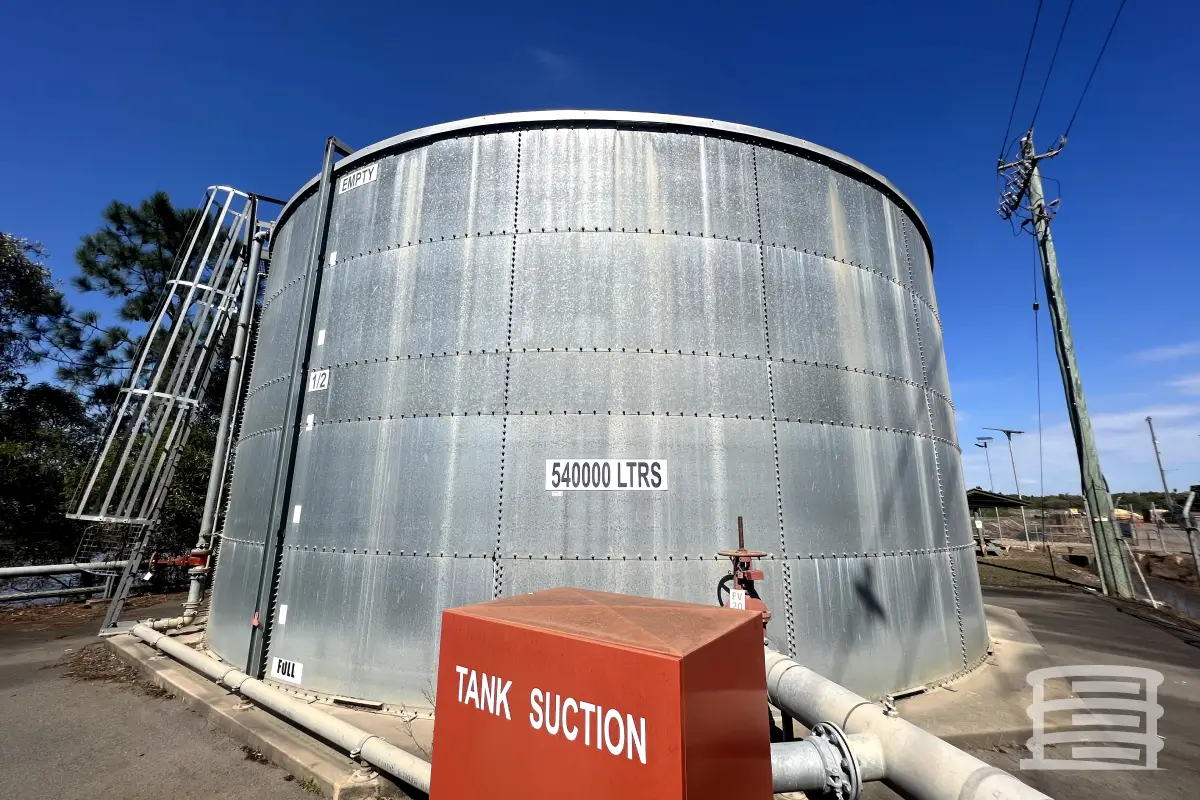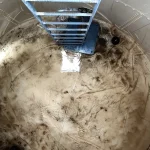Driven by insurance mandates and stricter government regulations, the demand for fire storage tanks has grown significantly. These tanks play a crucial role in diverse settings, from commercial buildings and residences to municipal areas, and even serve as backup water supplies. Their size and capacity are tailored to the specific needs of the site or building design, with installation options ranging from underground and above ground to integration within existing or new structures.
Fire water storage tanks function as a dedicated water source for fire sprinkler and suppression systems. In areas where municipal water supplies are insufficient, lacking the pressure and volume necessary to tackle fires, these tanks become vital for storing large quantities of water for emergency situations.
What Exactly is a Fire Water Tank?
The name itself is self-explanatory: a fire water roof tank is a specialized water reservoir positioned either on top of or below a building’s roof. Its purpose is to supply sprinklers or firefighting hoses during a fire, guaranteeing immediate access to water when it’s most critical. With the alarming rise in fire emergencies across the United States, these tanks are becoming increasingly essential, especially when traditional water sources become unreliable.
Fire water roof tanks offer the advantage of customization. They can be tailored to a building’s size, the owner’s specific needs, and even environmental factors. Experienced engineers can design bespoke systems to perfectly match any business’s fire protection requirements. Considering the modern abundance of electrical equipment and other flammable materials that heighten fire risks, the importance of these tanks cannot be underestimated.
Benefits of the Fire Water Tanks
Installing firefighting water tanks on your property in regional, rural, or local fire-prone areas allows firefighters to quickly refill their tankers. This enables them to promptly resume firefighting efforts, helping to mitigate damage to life and property.
Mitigate Fire Damage
The rooftop accessibility of these tanks allows firefighters to quickly access water and suppress fires before they escalate, minimizing overall damage. This is particularly advantageous for buildings that are far from groundwater sources or pipe networks.
Abundant Water Supply
These tanks are designed with substantial capacities, capable of storing large volumes of water sufficient for extinguishing significant fires. Firefighting vehicles can connect hoses directly to the tanks and distribute water to the affected areas efficiently.
Effortless Refilling
After the water in the rooftop firefighting tank is used, refilling is straightforward, ensuring readiness for any unforeseen fire emergencies. This enhances water availability and improves response to all fire-related crises.
Adherence to Fire Regulations
Failure to comply with fire safety standards may result in penalties for property owners. Various organizations, such as Factory Mutual, the National Fire Protection Association (NFPA), and the American Water Works Association, advocate for strict enforcement of firefighting codes for commercial and residential properties. Specifically, compliance with the NFPA 22 standard requires the installation of water storage tanks for fire protection systems.
Essential for Firefighting
Water is crucial for various purposes, including firefighting. While rooftop tanks can be used to supply water for other needs, this practice is discouraged. Since fires often occur unexpectedly, it’s essential to keep the tank at full capacity to ensure an immediate water supply for firefighting purposes.

A Shield Against Fire’s Destructive Grip
Without effective fire protection systems, individuals may suffer financial losses and, more tragically, the loss of loved ones. Installing a rooftop firefighting water tank can help reduce these risks and prevent such devastating consequences.
Underwater inspections eliminate the need to drain the tank, ensuring that sprinkler systems remain operational and fire safety standards are maintained. Renovating sprinkler tanks may involve relining, providing a dependable solution that can last for at least another decade.
If you’re looking for water tank inspection and cleaning services for your off-grid property with an emphasis on sustainability, NFPA 25 Inspections by American Tanks is likely the perfect choice for you. Our knowledgeable and friendly customer service team is ready to help! We offer reliable services in Houston, Texas, and Long Beach, California.
Call NFPA 25 Inspections by American Tanks at +1 800 656 0167
Or email at info@nfpa25inspections.com







